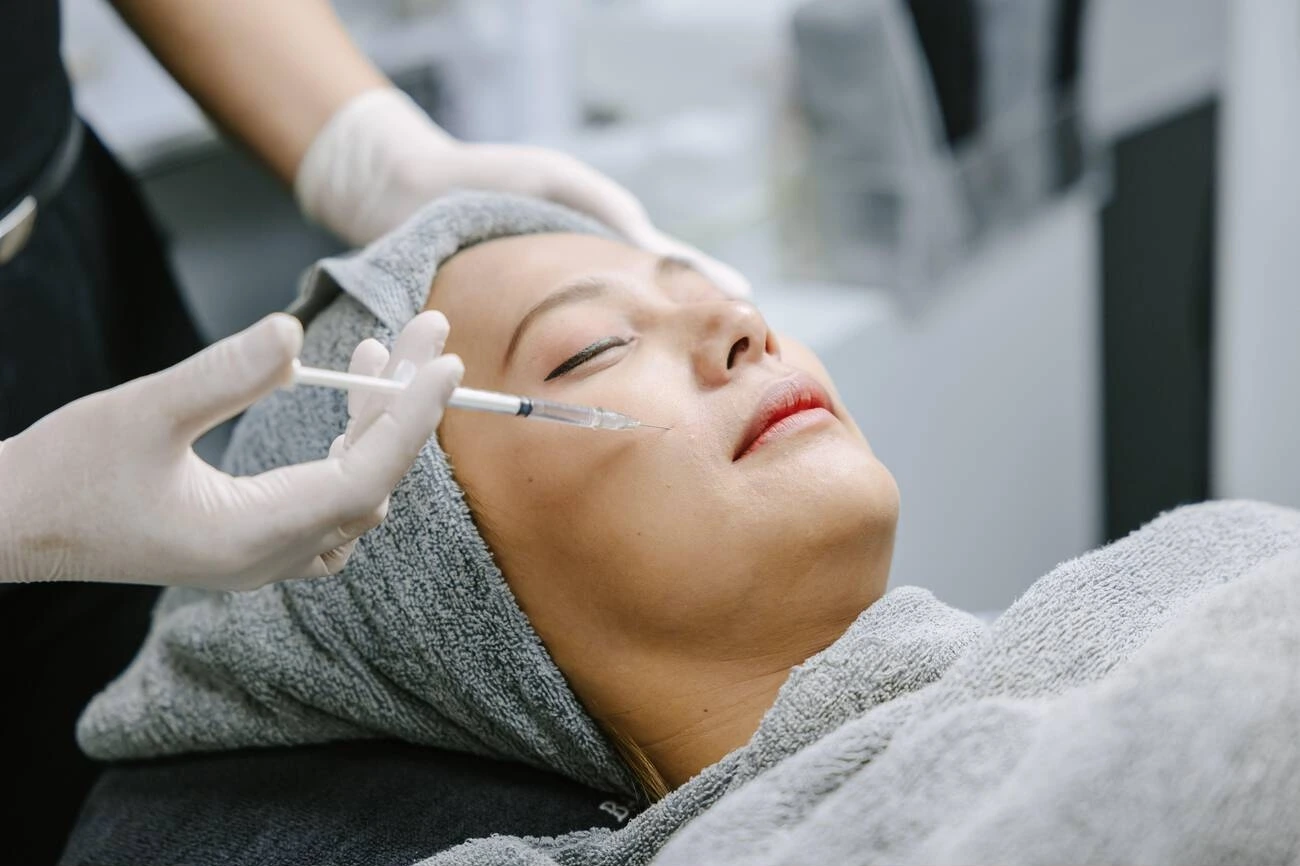Introduction
Acne scars can be a frustrating reminder of past breakouts, affecting not only the physical appearance but also the self-confidence of individuals. Fortunately, advancements in skincare treatments have introduced effective solutions for minimizing the appearance of acne scars. One such innovative treatment gaining popularity is PRP (Platelet-Rich Plasma) Microneedling Facial. In this article, we’ll delve into how this treatment can help improve skin texture, restoring a smoother and more radiant complexion.
Understanding Acne Scars
Before delving into the specifics of PRP microneedling, it’s essential to understand acne scars and their underlying causes. Acne scars form when the skin’s tissue is damaged during inflammatory acne lesions. This damage can result in various types of scars, including atrophic scars (depressions in the skin) and hypertrophic scars (raised scars).
The Challenge of Treating Acne Scars
Treating acne scars can be challenging due to their different types and depths. Traditional skincare approaches like topical creams and chemical peels may offer limited results. Invasive procedures such as laser resurfacing or surgical techniques carry risks and require significant downtime. This is where PRP microneedling facial emerges as a promising solution.
The Science Behind PRP Microneedling
PRP microneedling combines the regenerative properties of Platelet-Rich Plasma (PRP) with the collagen-stimulating effects of microneedling. Microneedling involves creating controlled micro-injuries to the skin using fine needles, stimulating the skin’s natural healing response and collagen production. PRP, derived from the patient’s blood, is rich in growth factors that further enhance tissue regeneration.
How PRP Microneedling Targets Acne Scars
Stimulating Collagen Production: Microneedling creates tiny punctures in the skin, triggering the production of collagen and elastin, essential proteins for maintaining skin elasticity and firmness. This process helps fill in acne scars and smooth out uneven skin texture over time.
Enhancing Skin Regeneration: The growth factors present in PRP promote cellular turnover and tissue repair, accelerating the skin’s healing process. This aids in the remodeling of scar tissue and the regeneration of healthy skin cells, leading to a more even complexion.
Improving Skin Texture: As collagen levels increase and damaged skin is replaced with new, healthy tissue, the overall texture and tone of the skin improve. Acne scars become less noticeable, and the skin appears smoother and more youthful.
The Treatment Process
PRP microneedling facial typically begins with a consultation, where the skincare professional assesses the patient’s skin condition and discusses treatment goals. During the procedure, a small amount of blood is drawn from the patient, and the PRP is extracted using a centrifuge. The PRP is then applied to the skin during the microneedling process, allowing for deeper penetration and enhanced results.
Post-Treatment Care
After PRP microneedling facial, it’s essential to follow the skincare professional’s instructions for optimal results. This may include avoiding direct sun exposure, using gentle skincare products, and staying hydrated. While some patients may experience mild redness or swelling immediately after the procedure, these side effects typically subside within a few days.
Conclusion
PRP microneedling facial offers a safe and effective solution for targeting acne scars and improving skin texture. By harnessing the power of Platelet-Rich Plasma and microneedling, this treatment stimulates collagen production, promotes skin regeneration, and enhances overall skin quality. For individuals in Roswell and nearby areas such as Atlanta, Georgia, seeking professional skincare services, R & R Aesthetics owned by Christina Roach provides expert PRP microneedling facial treatments tailored to individual needs. Say goodbye to acne scars and hello to smoother, radiant skin with PRP microneedling facial.







